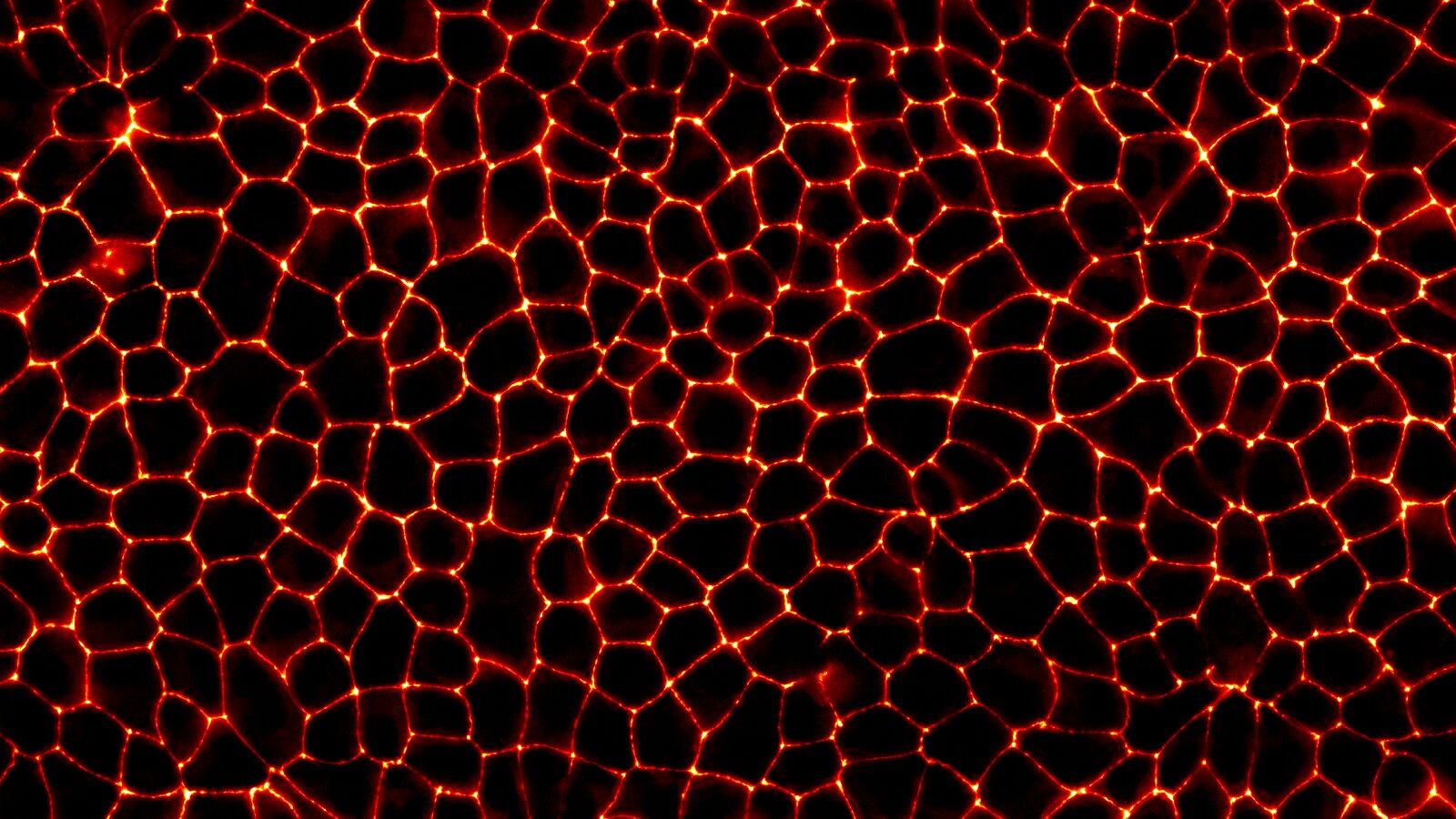- cross-posted to:
- [email protected]
- cross-posted to:
- [email protected]
Our bodies and organs are shielded from the external environment by tissue barriers like the skin. These barriers must be tightly sealed to prevent unwanted substances from entering. This sealing is achieved through structures called tight junctions. However, how these tight junctions form has long been a mystery.
Tight junction proteins bind to the surface of the cell membrane at the interface where the cells touch each other. When the number of proteins bound there reaches a certain threshold, the proteins condense into a liquid that gradually grows into a sort of drop on the cell surface.
Eventually, these drops elongate and touch each other to form a uniform belt around the cells. In this way, tight junctions seal the spaces between the cells to make our skin and organs airtight.
Perhaps everybody has seen it in winter. Tiny drops of water appear on a cold window. It’s exactly that but on a molecular scale


